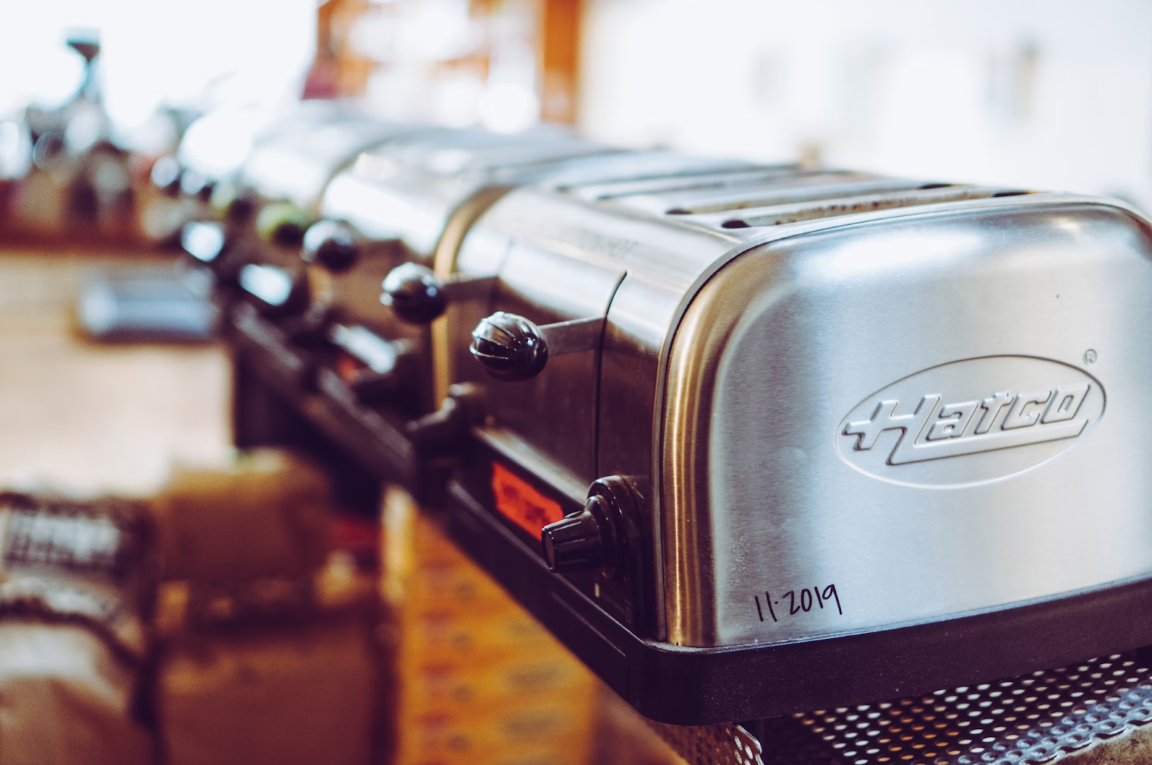Maintaining a clean kitchen isn’t just about appearances—it’s essential for keeping your appliances efficient and extending their lifespan. Regular cleaning and proper maintenance not only help prevent breakdowns and costly repairs but also reduce energy usage, which can save you money in the long run. For example, dishwashers typically last around 8 to 14 years, but without proper care, this lifespan can shorten significantly. Over 60% of homeowners prioritize durability when selecting a dishwasher, highlighting the importance of consistent upkeep for these investments.
By following a few practical maintenance practices and handling minor issues as they come up, you can help extend the life of your appliances, improve their performance, and contribute to a more energy-efficient household.
Our Guide to Kitchen Appliance Maintenance
Caring for your kitchen appliances is about more than just keeping things tidy—it’s crucial for efficiency, safety, and reducing energy use. Here’s a comprehensive maintenance guide for keeping your key kitchen appliances in great shape.
Refrigerator Maintenance
The refrigerator is a kitchen cornerstone, running 24/7 to keep food fresh and preserve wine. Regular upkeep goes a long way toward keeping it efficient and safe.
Clean the Condenser Coils
Dust and debris build up on the condenser coils over time, which makes the refrigerator work harder, consuming more energy. To keep your refrigerator in top shape, clean these coils at least twice a year. Here’s how: unplug the fridge, locate the coils (usually at the back or underneath), and carefully vacuum or brush away any buildup. This small task helps keep your fridge running efficiently.Inspect and Clean Door Seals
Door seals, or gaskets, keep cold air in and warm air out. Over time, they can wear down or get dirty, compromising that tight seal. Every few months, wipe down the seals with warm, soapy water, checking for cracks or tears along the way. If you find damage, replace the seals promptly to ensure they’re doing their job effectively.Maintain the Right Temperature
Setting your fridge at the correct temperature keeps food fresh and helps the appliance use less energy. According to the FDA, the refrigerator should be set at or below 40°F (4°C) and the freezer at 0°F (-18°C). Use an appliance thermometer to monitor and adjust as needed.Organize Contents for Optimal Airflow
Don’t overfill the refrigerator, as a crowded fridge can restrict airflow, reducing cooling efficiency. Make sure air can circulate around items, and regularly check for expired foods. Proper organization helps both with hygiene and appliance efficiency.Replace Water Filters Regularly
If your fridge has a water dispenser or ice maker, replace the water filter every six months. This simple task ensures that your water and ice are clean and free of contaminants—just check your manufacturer’s guide for specifics.

Blender and Food Processor Maintenance
Blenders and food processors are versatile tools, but with frequent use, they need a little attention to keep performing well.
Clean Blades Carefully After Every Use
Leftover residue can dull blades and encourage mold growth. If your appliance has removable blades, take them off after each use and wash them with warm, soapy water. Use a soft brush to avoid cutting yourself, and avoid submerging the motor base.Inspect and Replace Dull Blades
Dull blades not only reduce efficiency but can also strain the motor. Many manufacturers offer replacement blades, which are more cost-effective than buying a new appliance. If your blender isn’t blending as quickly, consider replacing the blades.Avoid Overfilling
To prevent motor strain, leave some room at the top when blending or processing thick mixtures. This space allows movement, so food blends evenly without overworking the motor.Tighten Loose Parts
With frequent use, parts like the blade base and lid can loosen. Check that everything is securely in place before each use to prevent leaks and ensure smooth operation.Wipe the Motor Base Regularly
After each use, wipe down the motor base with a damp cloth. This removes any food particles or spills, reducing wear and keeping the appliance in good condition.
Coffee Maker Maintenance
Your coffee maker may seem low-maintenance, but regular cleaning is key for both taste and efficiency.
Descale Regularly
Minerals from water can build up inside the coffee maker, affecting heating and flavor. Descaling every 1 to 3 months, depending on water hardness, can prevent this. Use a descaling solution or a 1:1 vinegar and water mixture. Run a full brewing cycle, followed by a rinse cycle to clear out any residue.Clean the Carafe and Filter Basket
Coffee residue can accumulate in the carafe and basket, leading to stale flavors. Wash both daily with warm, soapy water and do a deep clean weekly for the best results.Replace Water Filters
If your coffee maker has a built-in water filter, replacing it every two months helps maintain water quality and taste. Consult your coffee maker’s manual for filter replacement instructions.Keep the Exterior Clean
Dust, coffee grounds, and spills can accumulate on the machine’s exterior. Wipe it down regularly to keep it clean and to prevent clogging in any openings.Empty Grounds After Each Use
Leaving coffee grounds in the machine can lead to mold and unpleasant odors. Make it a habit to empty the basket and rinse it out after each use.

Toaster and Toaster Oven Maintenance
Toasters and toaster ovens can build up crumbs and grease, increasing the risk of smoke or even fire. Routine cleaning helps avoid these hazards.
Empty the Crumb Tray Regularly
Most toasters and toaster ovens have a removable crumb tray. Empty and clean it weekly to prevent crumbs from burning and causing smoke. It’s a simple step, but it can prevent larger issues.Wipe Down Interior and Exterior Surfaces
For toaster ovens, wipe down the interior to remove grease and food splatters. On the exterior, use a damp cloth with a mild cleaner, and avoid abrasives that might scratch the surface.Avoid Using Metal Utensils Inside
Metal utensils can damage the toaster’s elements and create a fire risk. Instead, gently shake the toaster over a trash bin to dislodge crumbs.Inspect Heating Elements for Debris
If your toaster oven has visible heating elements, check for food buildup. Gently wipe them down with a soft cloth if they’re cool and accessible.Store in a Dry Area
Toasters can rust if stored in a damp location. Keep it in a dry space to prevent rust and possible electrical issues.
Endnote
A clean and well-maintained kitchen doesn’t just look good—it’s a safer, more efficient space for cooking and preparing meals. By caring for each appliance with regular maintenance, you can help reduce the risk of hazards like a fire from a dirty toaster or bacteria from an unclean coffee maker. Make these simple habits a regular part of your routine to enjoy a kitchen that’s as efficient as it is inviting, for years to come.

